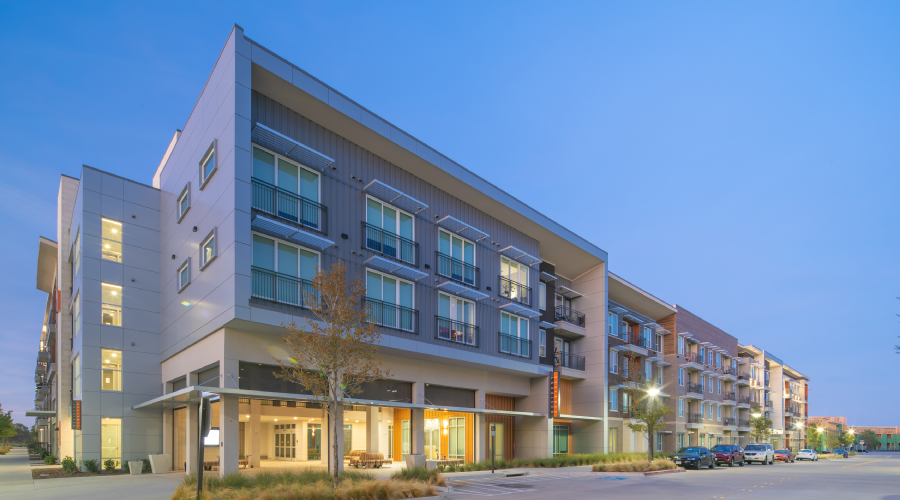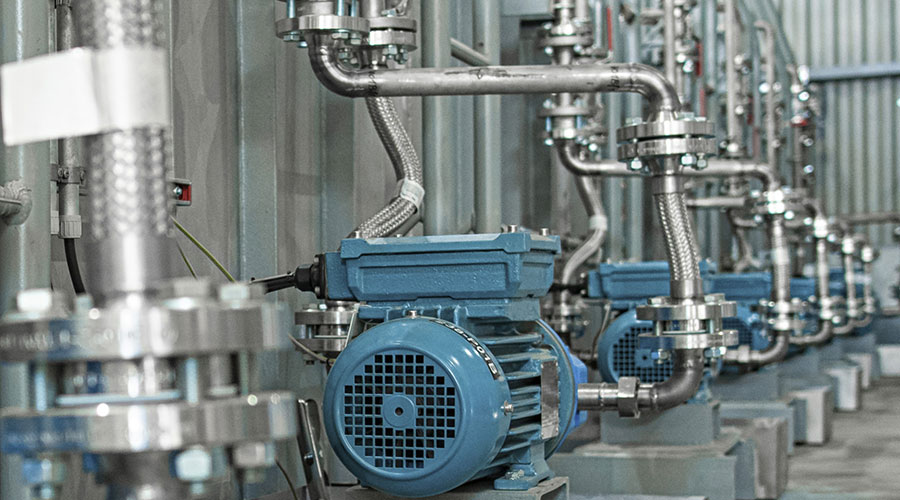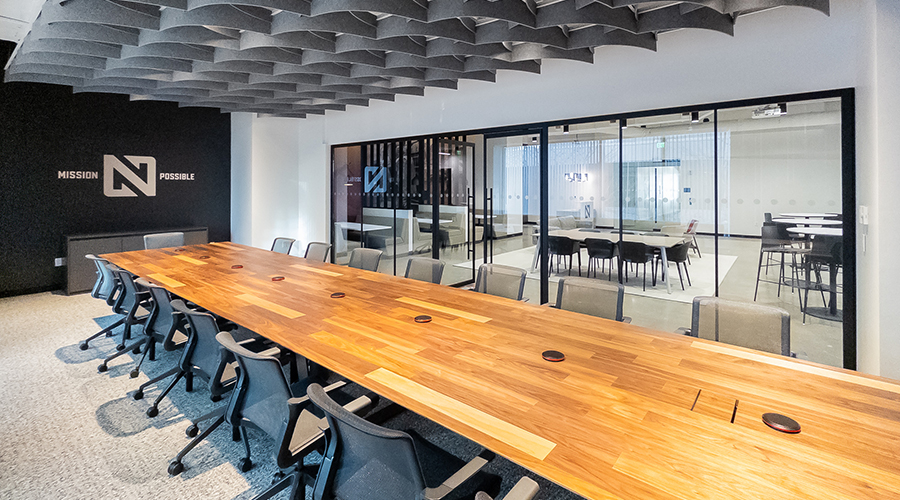How Has COVID-19 Affected Construction Pricing?
Construction has adapted to survive the shifting business environment, but how will construction pricing look going forward amidst so much uncertainty?
In the spring of 2020 as COVID-19 began to impact the U.S. economy, nearly every industry felt the effects. Construction was no exception. Projects were postponed, placed on hold, or cancelled. Construction unemployment started to skyrocket, leaving many wondering how the industry might be affected both short and long term.
Fast forward about a year and the construction business, like many other industries, has adapted to survive in this new environment. However, with so much change and lingering uncertainty, many people in the industry are asking, what will happen to construction pricing? Will it go down, hold steady, or potentially increase?
What impacts Construction Pricing?
No single factor drives construction pricing. Numerous economic forces have varying degrees of influence, and this makes predictions about pricing somewhat challenging.
- Supply and Demand: Like most goods and services, construction pricing is highly sensitive to the forces of supply and demand. When demand is high, construction pricing increases. When demand decreases, however, contractors are willing to pursue riskier projects at reduced pricing to keep their businesses moving forward.
- Backlog: Backlog is the amount of construction work currently on the books. When the economy is strong, backlog creates a buffer. This buffer causes a lag in how quickly construction is impacted by and reacts to current economic conditions.
- Labor Costs: Construction is labor intensive. It is difficult to run wire, hang pipe, or lay block without skilled labor. Because of this, a large portion of construction costs are determined by labor expenses. Wages increase as the cost of living goes up and construction costs follow. This explains why the cost of construction is higher in New York, Northern California, and other regions with a higher cost of living.
- Commodity Pricing: Commodity pricing plays a role in determining construction costs as well. When oil prices go down, so do petroleum-based products such as insulation, asphalt, and roofing materials. When steel prices increase due to new tariffs, the cost of joists, metal panels, and pipe increases accordingly.
- Local Market Disruption: Rapidly growing markets often have a shortage of contractors and skilled construction labor. This creates high demand for construction resources that then inflates local pricing and can significantly increase the cost of a project compared to national averages.
What is currently happening?
After reviewing data from numerous published sources including, Associated General Contractors of America, ENR, and The Chamber of Commerce, the trends are surprising.
The Commercial Construction Index, a quarterly economic indicator designed to gauge the health of the construction industry, rose to 60 in Q4 2020, which is far below the 74 from 2020, but is up from 57 in Q3. The index also shows material prices are on the rise with steel and other key products reporting multiple planned price increases well into 2021. Trade contractors are reporting material delays expected to last into Q2 of 2021. They are also behind on their current projects and are struggling to find labor.
In addition, more than half of contractors are increasing prices, turning down new opportunities, or both. Reports also suggest that nearly 25 percent of contractors have increased their backlog during the pandemic. The big question is “Why?”
Growth and diversification in new markets and asset types may be a big reason. As retail, entertainment, office, and other sectors slow down, other verticals are seeing huge growth. The supply chain disruptions we witnessed early in the pandemic are driving domestic manufacturing. Industrial warehouse and distribution center construction is booming to meet the needs of increased local manufacturing and the continued consumer shift to e-commerce. Companies with large amounts of office workers in dense urban areas are looking for space in smaller markets that may be seen as more desirable in this environment.
What might this mean?
It means the drop in construction pricing that was predicted by many in the Spring of 2020 did not happen. Unexpectedly, the construction industry recovered quickly and was back to full speed by the end of the year. With current construction activity nearly back to pre-pandemic levels, a shortage in skilled labor, material prices on the rise, project delays, and supply struggling to keep up with demand, conditions are ideal for construction costs to significantly increase in 2021. That is correct. Prices are going up.
What can FMs do now?
Ultimately, success is determined by working with a proven design-build construction partner that can lower your risk and improve your return by:
- Clearly defining the scope of work and dollarizing your decisions early
- Disrupting local market pricing through national pricing and vendors
- Locking in firm pricing early and transferring risk
- Developing creative solutions
- Condensing the overall project timeline
Nick O’Hare is the Director of Business Development for ARCO/Murray.
Related Topics:












